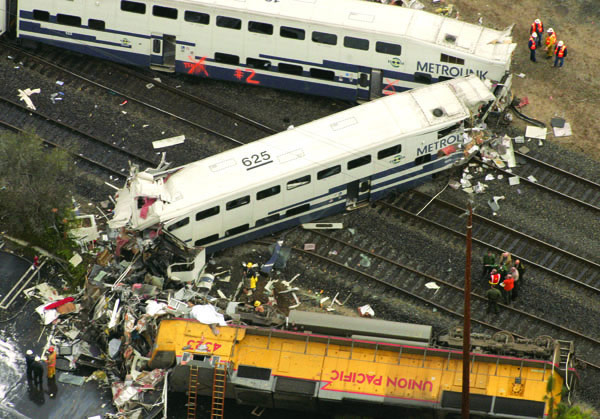- Joined
- Aug 29, 2008
- Messages
- 27,356
- Points
- 113
Congestion on busiest train lines to be eased
New signalling system that will allow trains to run closer together is expected to help to ease congestion on the MRT's two most crowded lines. -AsiaOne

Sun, Nov 13, 2011
AsiaOne
SINGAPORE - A new signalling system that will allow trains to run closer together is expected to help to ease congestion on the MRT's two most crowded lines, when it is introduced over the next seven years.
The system, called Communications-Based Train Control, is already in place on the newer Circle and North-East lines.
But the North-South and East-West lines are still using the "fixed-block" signalling system introduced in 1987, reported the Straits Times.
This system divides the track into 150m blocks and can detect where a train is only when it moves into a new section.
Mr Lui Weng Chee, the rail strategic planning director at SMRT, said trains are currently kept at least one block apart for safety reasons. This leads to a gap of at least 120 seconds between a train leaving and one entering the station.
The new system constantly relays each train's precise location and speed to a central computer, and gaps can be reduced to 100 seconds during peak periods.
An LTA spokesperson said works will begin next year, with completion slated for 2016 for the North-South line, and 2018 for the East-West line.
New signalling system that will allow trains to run closer together is expected to help to ease congestion on the MRT's two most crowded lines. -AsiaOne

Sun, Nov 13, 2011
AsiaOne
SINGAPORE - A new signalling system that will allow trains to run closer together is expected to help to ease congestion on the MRT's two most crowded lines, when it is introduced over the next seven years.
The system, called Communications-Based Train Control, is already in place on the newer Circle and North-East lines.
But the North-South and East-West lines are still using the "fixed-block" signalling system introduced in 1987, reported the Straits Times.
This system divides the track into 150m blocks and can detect where a train is only when it moves into a new section.
Mr Lui Weng Chee, the rail strategic planning director at SMRT, said trains are currently kept at least one block apart for safety reasons. This leads to a gap of at least 120 seconds between a train leaving and one entering the station.
The new system constantly relays each train's precise location and speed to a central computer, and gaps can be reduced to 100 seconds during peak periods.
An LTA spokesperson said works will begin next year, with completion slated for 2016 for the North-South line, and 2018 for the East-West line.

